Graffiti Art and Its Vibrancy in Asian Culture
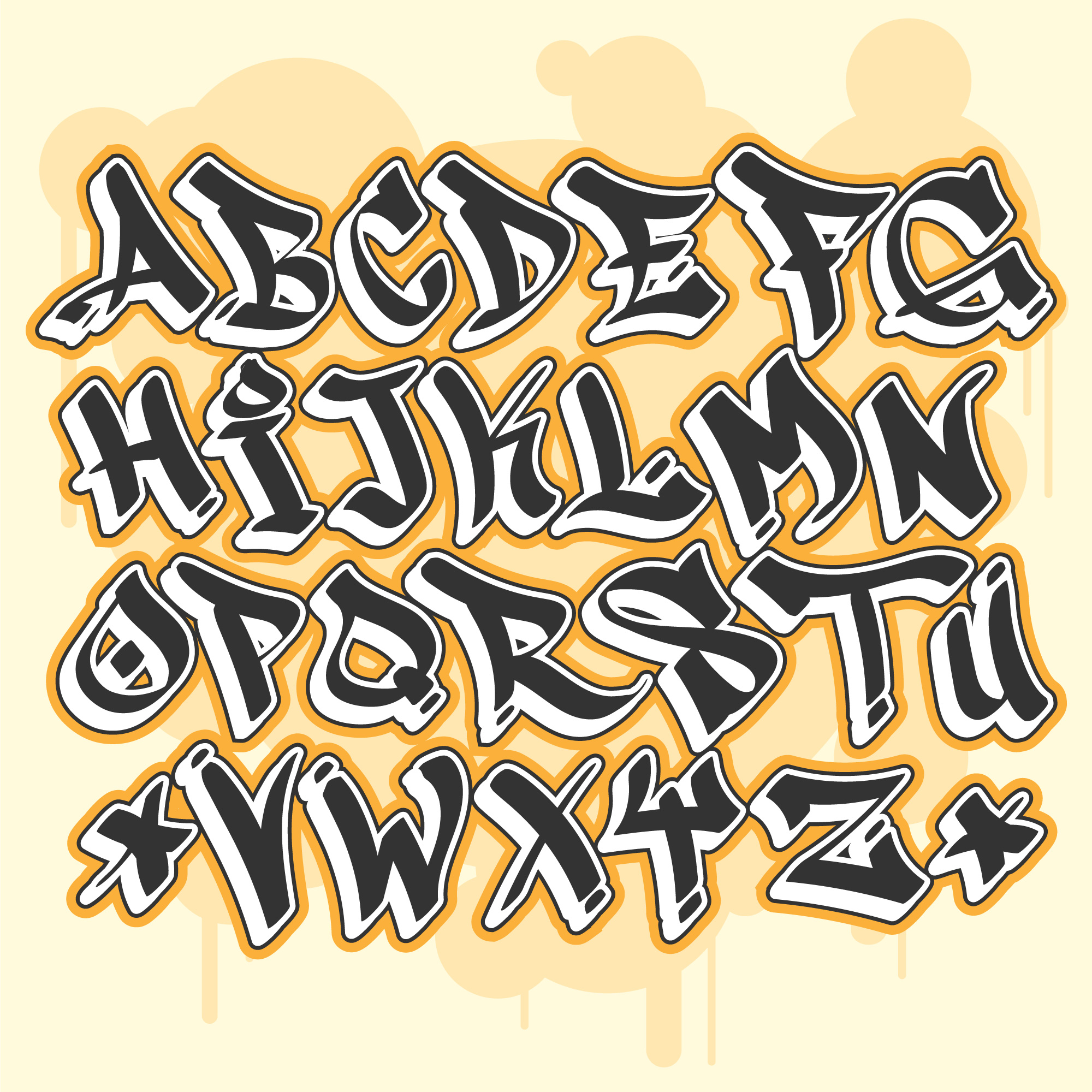 Graffiti, a form of visual expression that combines colors, typography, and intricate designs, has gained widespread popularity around the world. With its roots deeply embedded in urban street culture, graffiti has become a prominent art form that transcends boundaries. In Asian countries like Japan, China, and South Korea, graffiti has found a unique voice, reflecting the cultural significance and creative energy present in these societies.
Graffiti, a form of visual expression that combines colors, typography, and intricate designs, has gained widespread popularity around the world. With its roots deeply embedded in urban street culture, graffiti has become a prominent art form that transcends boundaries. In Asian countries like Japan, China, and South Korea, graffiti has found a unique voice, reflecting the cultural significance and creative energy present in these societies.
Exploring Graffiti as an Asian Artistic Medium
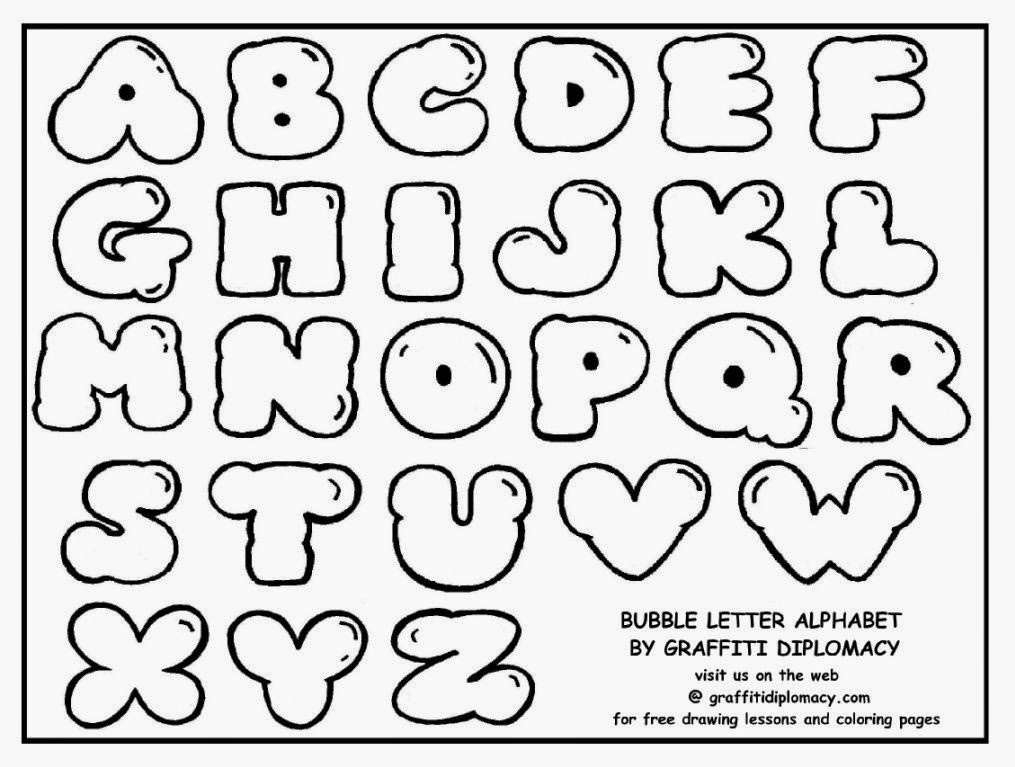 The vibrant and dynamic nature of graffiti resonates with the bustling streets of Asian cities. Artists use this medium to convey powerful messages, depict local traditions, and express their individuality. The graffiti scene in Asian countries is characterized by distinct aesthetics, rich symbolism, and a strong connection to cultural heritage.
The vibrant and dynamic nature of graffiti resonates with the bustling streets of Asian cities. Artists use this medium to convey powerful messages, depict local traditions, and express their individuality. The graffiti scene in Asian countries is characterized by distinct aesthetics, rich symbolism, and a strong connection to cultural heritage.
Graffiti Alphabets: A Fusion of Art and Expression
 One fascinating aspect of graffiti culture is the creation of unique alphabets. Graffiti artists invest their creative energy in crafting diverse letterforms that capture attention and convey a sense of style. The graffiti alphabets showcased in this collection reflect the fusion of Asian calligraphy, intricate brushstrokes, and contemporary urban influences.
One fascinating aspect of graffiti culture is the creation of unique alphabets. Graffiti artists invest their creative energy in crafting diverse letterforms that capture attention and convey a sense of style. The graffiti alphabets showcased in this collection reflect the fusion of Asian calligraphy, intricate brushstrokes, and contemporary urban influences.
Appreciating the Artistic Skill Behind Graffiti
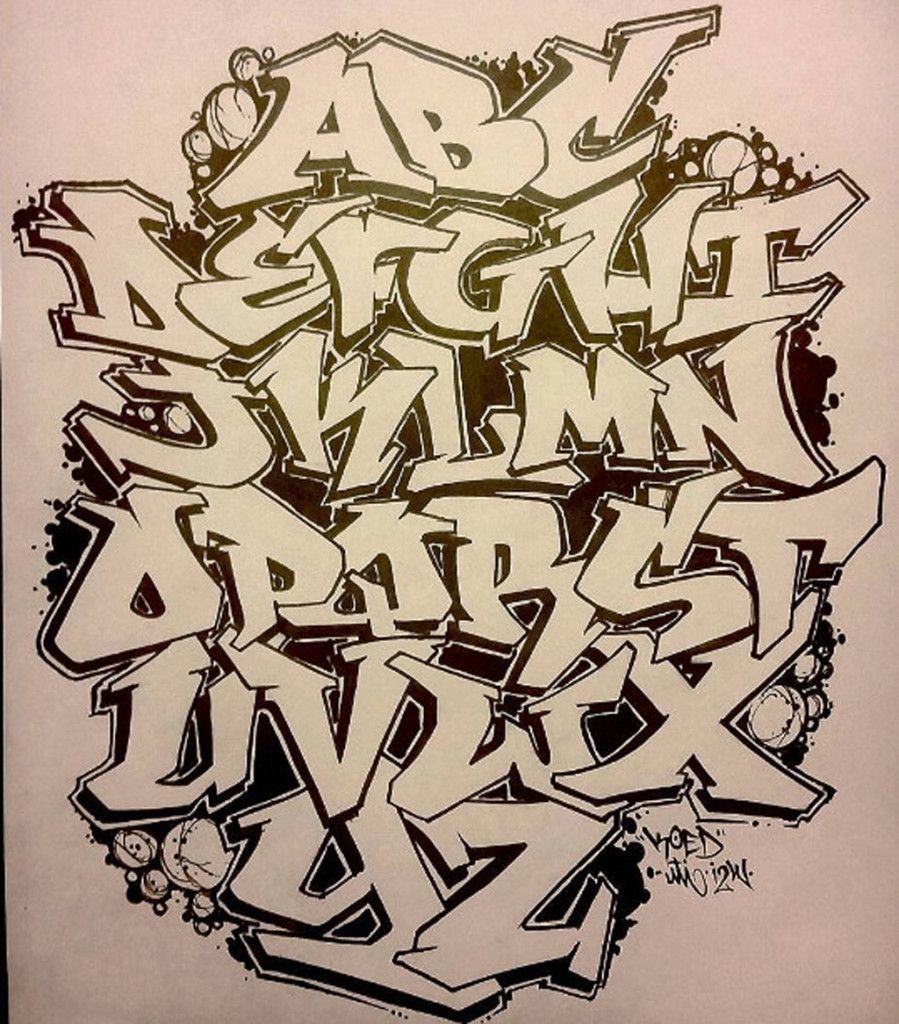 The process of creating graffiti involves a meticulous application of colors, shapes, and letterforms. Graffiti artists employ spray cans, brushes, and even their bare hands to bring their ideas to life. The artists showcased in this collection demonstrate their exceptional skill in manipulating lines, shadows, and perspective to create visually stunning graffiti artwork.
The process of creating graffiti involves a meticulous application of colors, shapes, and letterforms. Graffiti artists employ spray cans, brushes, and even their bare hands to bring their ideas to life. The artists showcased in this collection demonstrate their exceptional skill in manipulating lines, shadows, and perspective to create visually stunning graffiti artwork.
The Cultural Influence and Evolution of Graffiti
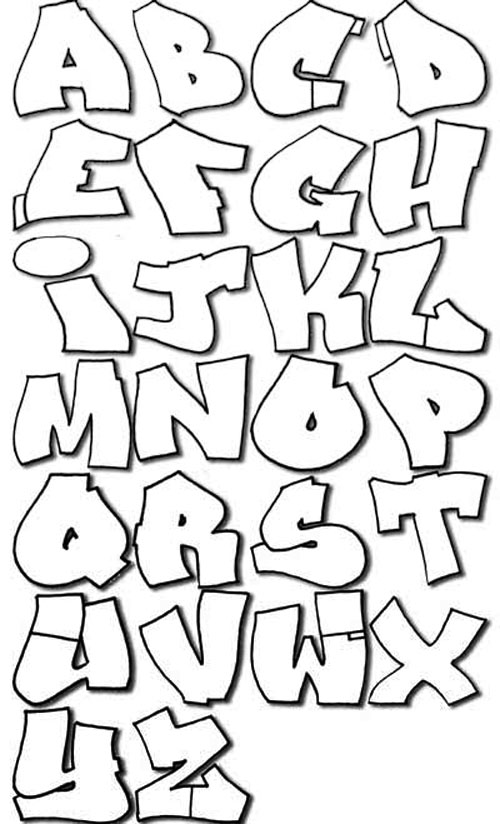 Graffiti has evolved over the years, drawing inspiration from various sources, including Asian visual culture. The fusion of traditional motifs, contemporary design elements, and graffiti techniques has led to the emergence of unique styles that reflect the vibrant diversity of Asian society. Through graffiti, artists explore their identities, challenge social norms, and create a visual dialogue with the world.
Graffiti has evolved over the years, drawing inspiration from various sources, including Asian visual culture. The fusion of traditional motifs, contemporary design elements, and graffiti techniques has led to the emergence of unique styles that reflect the vibrant diversity of Asian society. Through graffiti, artists explore their identities, challenge social norms, and create a visual dialogue with the world.
The Impact and Visibility of Graffiti in Asian Urban Landscapes
 Graffiti has become an integral part of the urban landscape in many Asian cities, transforming dull walls into captivating visual narratives. From alleyways and subway stations to abandoned buildings and public parks, graffiti provides a medium for self-expression and cultural commentary. It gives voice to marginalized communities and offers a vibrant and engaging visual experience to the passersby.
Graffiti has become an integral part of the urban landscape in many Asian cities, transforming dull walls into captivating visual narratives. From alleyways and subway stations to abandoned buildings and public parks, graffiti provides a medium for self-expression and cultural commentary. It gives voice to marginalized communities and offers a vibrant and engaging visual experience to the passersby.
The Artists Behind the Graffiti Movement in Asia
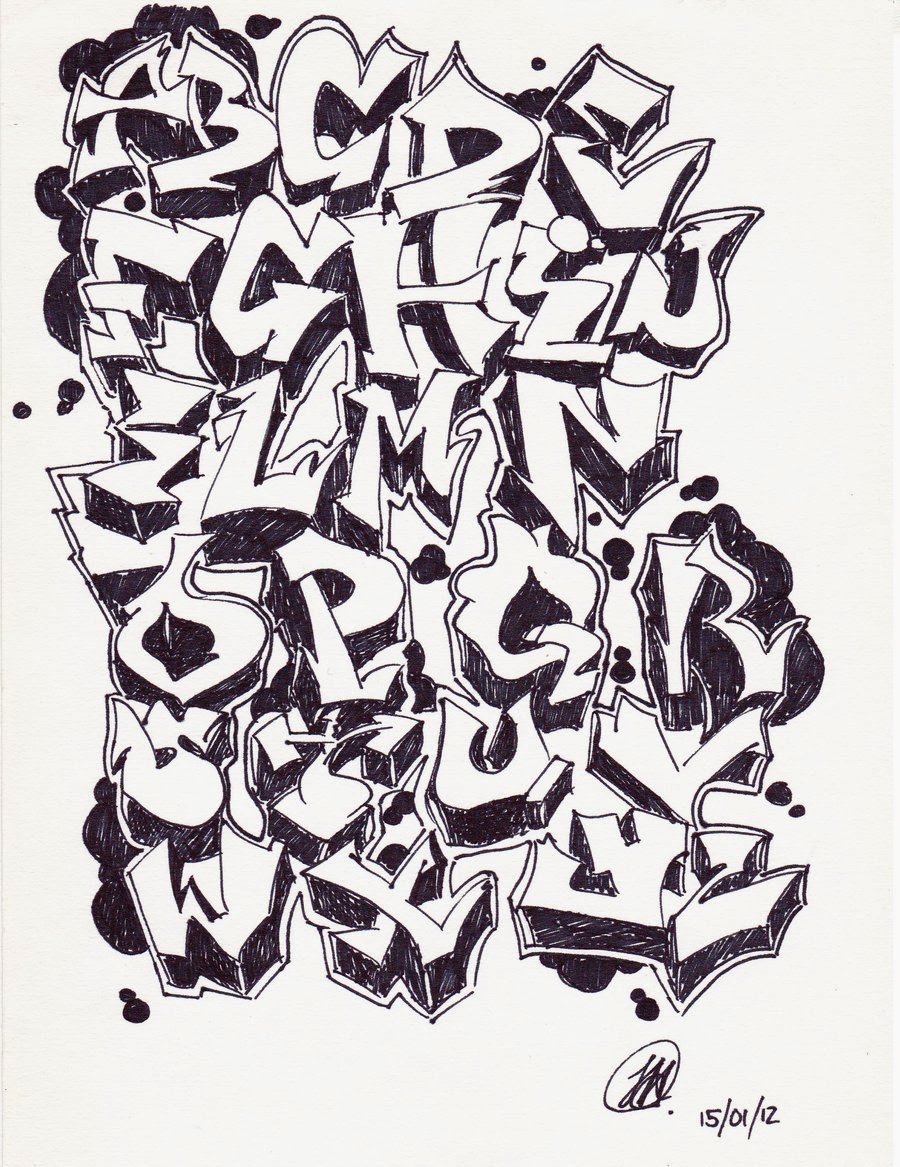 The thriving graffiti scene in Asia comprises a diverse community of artists who push boundaries and challenge conventional norms. These artists explore themes such as politics, social issues, and cultural identity, providing insights into the complexities of Asian society. Through their vibrant and thought-provoking creations, these graffiti artists have helped redefine public spaces and reshape urban aesthetics.
The thriving graffiti scene in Asia comprises a diverse community of artists who push boundaries and challenge conventional norms. These artists explore themes such as politics, social issues, and cultural identity, providing insights into the complexities of Asian society. Through their vibrant and thought-provoking creations, these graffiti artists have helped redefine public spaces and reshape urban aesthetics.
Graffiti as a Form of Expression and Inspiration
 Asian graffiti artists continue to push boundaries, inspire new generations, and create powerful visual narratives. Through their bold and captivating creations, they challenge existing stereotypes, offer fresh perspectives, and celebrate the vibrancy of Asian culture. Graffiti serves as a testament to the creative spirit, resilience, and innovation present in Asian societies.
Asian graffiti artists continue to push boundaries, inspire new generations, and create powerful visual narratives. Through their bold and captivating creations, they challenge existing stereotypes, offer fresh perspectives, and celebrate the vibrancy of Asian culture. Graffiti serves as a testament to the creative spirit, resilience, and innovation present in Asian societies.
Graffiti as a Symbol of Creativity and Empowerment
 Graffiti has the power to transform communities, uplift spirits, and inspire change. In Asian societies, where conformity and traditionalism often prevail, graffiti serves as a symbol of individuality, rebellion, and artistic freedom. It empowers artists to break free from societal constraints and express themselves authentically, leaving colorful imprints on the urban fabric.
Graffiti has the power to transform communities, uplift spirits, and inspire change. In Asian societies, where conformity and traditionalism often prevail, graffiti serves as a symbol of individuality, rebellion, and artistic freedom. It empowers artists to break free from societal constraints and express themselves authentically, leaving colorful imprints on the urban fabric.
Graffiti as a Catalyst for Creative Exploration
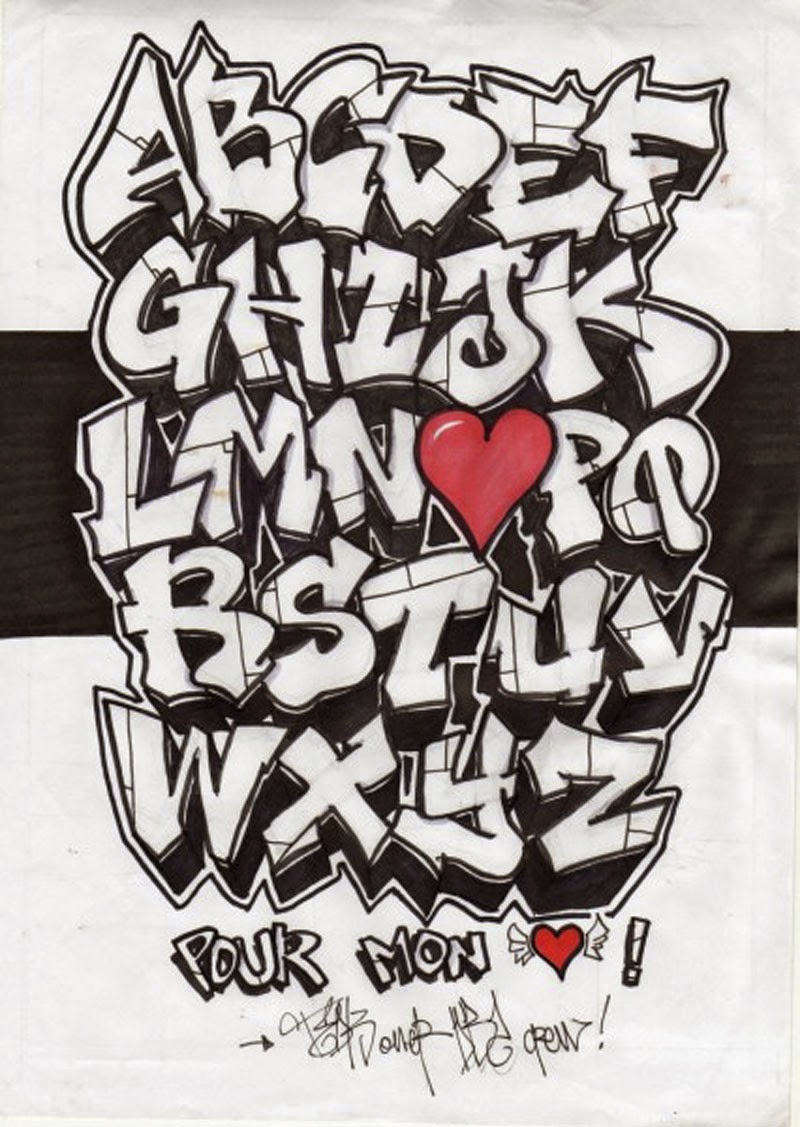 The art of graffiti continues to captivate audiences and inspire future generations of artists. It encourages creative exploration, fosters self-expression, and challenges societal norms. Through graffiti, Asian artists showcase their immense talent, creative vision, and passion for pushing the boundaries of art. It is a testament to the power of art to transcend cultural boundaries and serve as a universal language of creativity.
The art of graffiti continues to captivate audiences and inspire future generations of artists. It encourages creative exploration, fosters self-expression, and challenges societal norms. Through graffiti, Asian artists showcase their immense talent, creative vision, and passion for pushing the boundaries of art. It is a testament to the power of art to transcend cultural boundaries and serve as a universal language of creativity.